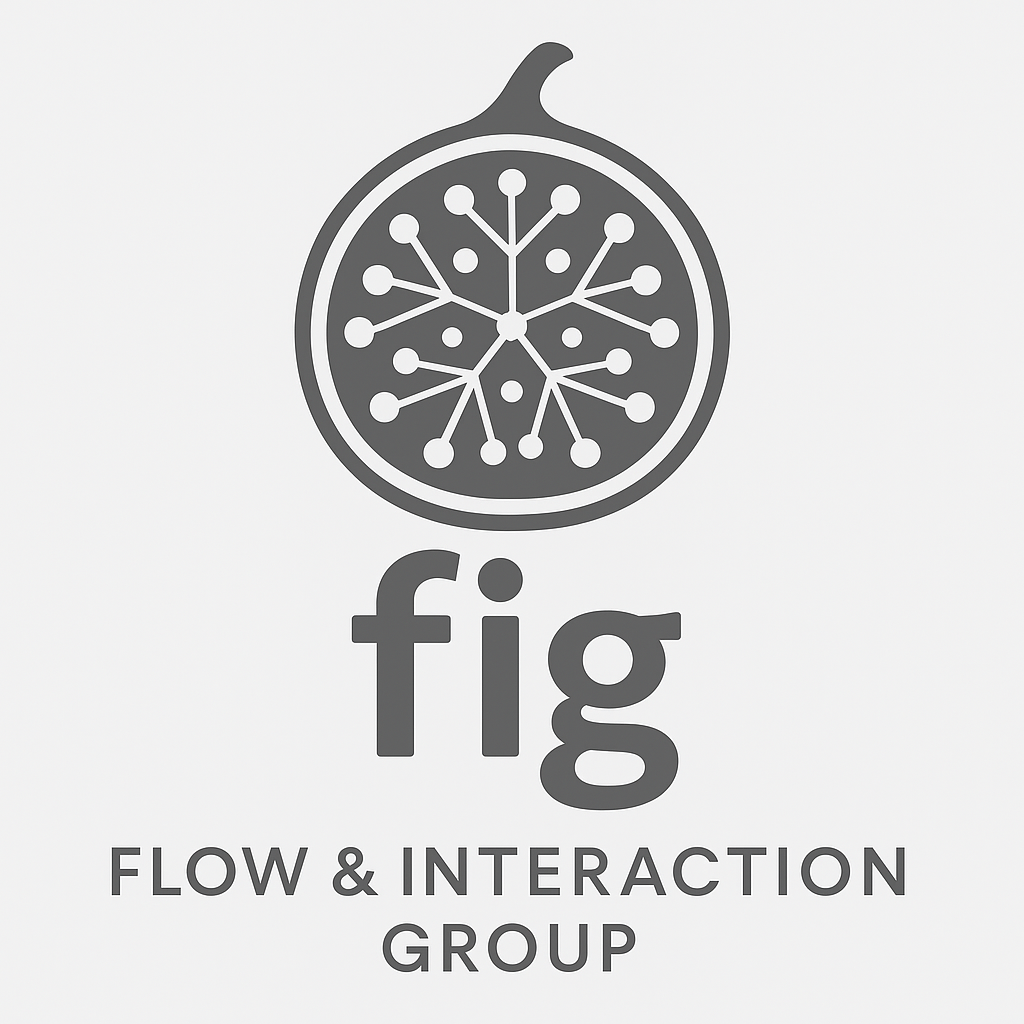Mid-air haptic rendering of 2D geometric shapes with a dynamic tactile pointer
Authors: D. Hajas; D. Pittera; A. Nasce; O. Georgiou; M. Obrist
Published: IEEE Transactions on Haptics, 13(4), 806–817 (2020)
DOI · Publisher · PDF · Accessible HTML
Abstract
An important challenge that affects ultrasonic mid-air haptics, in contrast to physical touch, is that we lose certain exploratory procedures such as contour following. This makes the task of perceiving geometric properties and shape identification more difficult. Meanwhile, the growing interest in mid-air haptics and their application to various new areas requires an improved understanding of how we perceive specific haptic stimuli, such as icons and control dials in mid-air. We address this challenge by investigating static and dynamic methods of displaying 2D geometric shapes in mid-air. We display a circle, a square, and a triangle, in either a static or dynamic condition, using ultrasonic mid-air haptics. In the static condition, the shapes are presented as a full outline in mid-air, while in the dynamic condition, a tactile pointer is moved around the perimeter of the shapes. We measure participants’ accuracy and confidence of identifying shapes in two controlled experiments ($n_1 = 34, n_2 = 25$). Results reveal that in the dynamic condition people recognise shapes significantly more accurately, and with higher confidence. We also find that representing polygons as a set of individually drawn haptic strokes, with a short pause at the corners, drastically enhances shape recognition accuracy. Our research supports the design of mid-air haptic user interfaces in application scenarios such as in-car interactions or assistive technology in education.
Media
-
📝
A new channel of access to educational multimedia
Captions and audio description are powerful tools for making films and educational videos more inclusive. But sometimes, words alone can’t capture what’s happening on screen. Imagine trying to describe the swirling motion of an animation or the sharp outline of a geometric shape—much of the richness gets lost.
-
📝
Feeling Shapes in Mid-Air
Imagine “touching” a triangle drawn on your palm—without anything actually touching you. That’s mid-air haptics: focused ultrasound creates tiny points of pressure you can feel in space.
-
🎧
Drawing tactile shapes in mid-air
In this podcast episode, our AI hosts discuss how mid-air haptics can improve 2D shape recognition. They reveal that dynamic tactile pointers significantly enhance accuracy and confidence. Notably, introducing pauses at corners for polygons drastically improves recognition, with optimal durations of 300 ms for squares and 467 ms for triangles. They also explore applications in in-car interfaces and assistive technology.
-
🎬
Mid-air haptic rendering of 2D geometric shapes with a dynamic tactile pointer
In this video, we discuss ultrasonic mid-air haptic technology. More specifically, we illustrate how the technology uses focused, and modulated ultrasound to create tactile sensations in mid-air. Then, we introduce the concept of a dynamic tactile pointer (DTP). We also distinguish between a single-stroke, and a multi-stroke DTP. Contrasting these two novel methods of haptic rendering techniques, we illustrate how multi-stroke dynamic tactile pointers are more suitable for rendering tactile shapes in mid-air. For the purpose of the Eurohaptics 2020 demo session, we introduce SQuiz, a shape quiz, where you can try to feel the shapes and identify them at three difficulty levels, rendered in three different ways.
-
🎬
Seminar Presentation: Sonification World Chat (SWC) WOrkshop Series
In this video, Daniel Hajas gives an overview of his PhD research portfolio at the fourth workshop of the Sonification WOrld Chat workshop series. At the time of this presentation, Daniel is researching tangible user interfaces and actuators. His research is targeting the use of tactile experiences for purposes of provoking personal responses, which are known to be relevant in science communication, such as interest or enjoyment.

